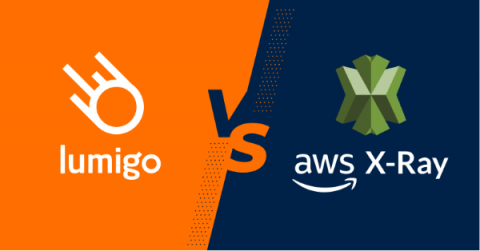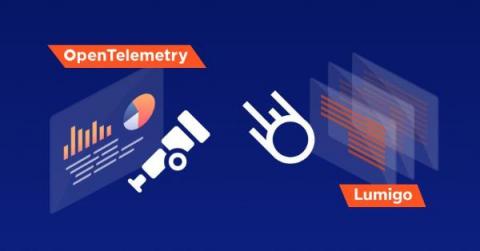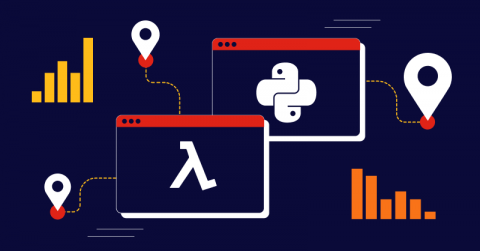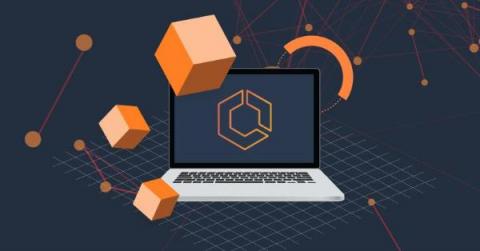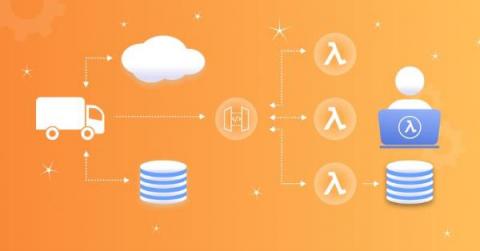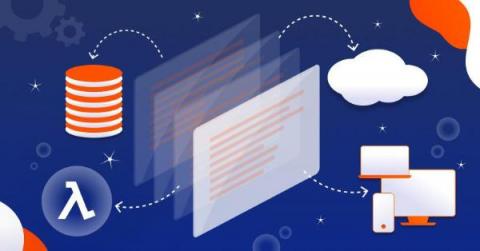Better Lambda Performance with Lumigo and the Serverless Framework
Lambda is the glue that holds serverless architectures together. Before its release, most users felt it was a matter of luck as to whether AWS would let you connect a service to another. If not, you had to spin up a VM or a container to transform the events from one service in a way that your target service could handle them. Since Lambda was easier to set up, people assumed that all code they would deploy on it would run faster and cheaper than on other compute services.




